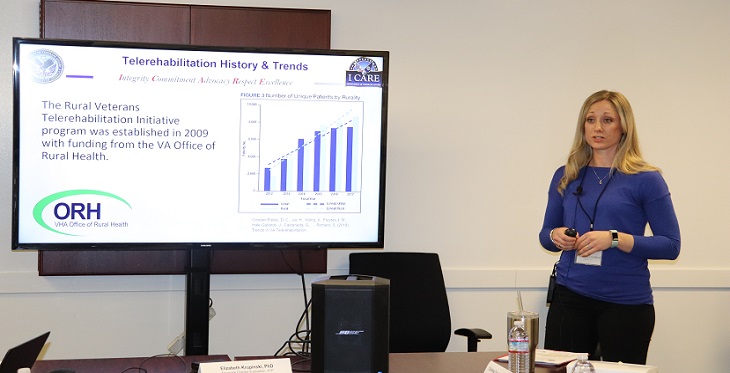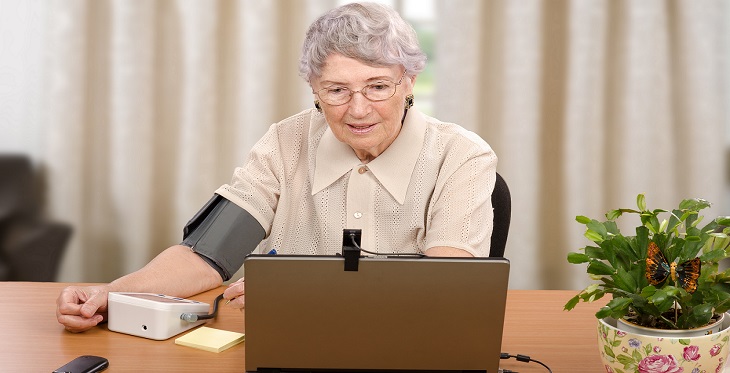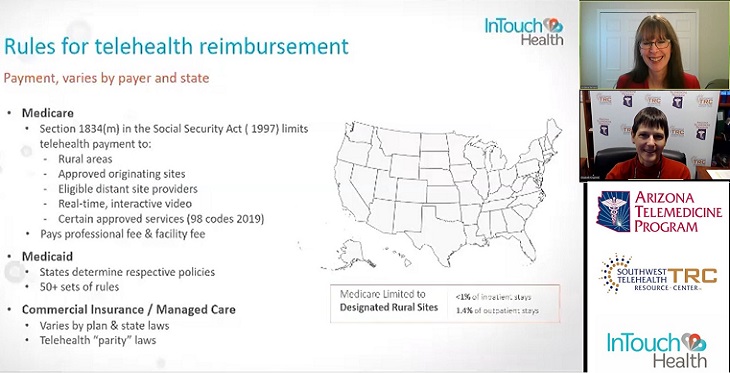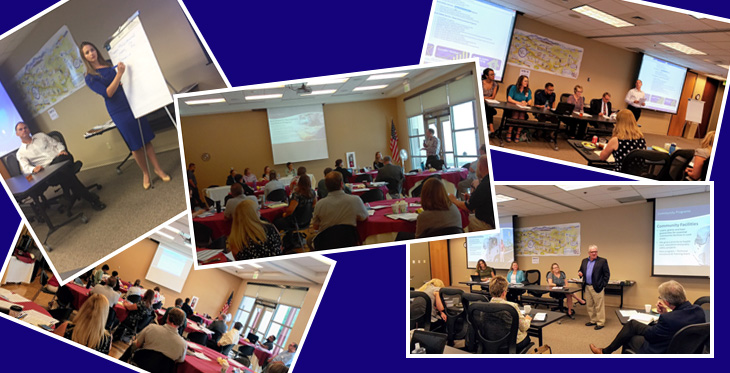5 Tips To Prepare for Your Medicare Telemedicine Appointment





I’m not ready to jump on a plane anytime soon to get away from staying at home during COVID, but I am willing to jump in my car and take a road trip to do some hiking in National Parks on less popular trails and have done just that in the past couple of months. One was to Great Smokey Mountain National Park and the other to Shenandoah National Park and the Blue Ridge Parkway.




Telemedicine reimbursement is always a hot topic but even hotter with the new CMS regulations. On February 7, 2019, Jordana Bernard the Director for Policy and Public Affairs at InTouch Health, was the guest presenter for the Southwest Telehealth Resource Center and the Arizona Telemedicine Program webinar series. The webinar reached over 500 individuals across the US and a few international folks joined in too! Jordana provided a concise and informative overview of all the latest changes in telehealth reimbursement. It was recorded and archived on our website along with her slide deck and a couple of useful handouts (e.g., the list of 98 CPTs that are reimbursed), so if you missed it think about taking the time to view it. These, along with all our previous webinars, can be found at https://telemedicine.arizona.edu/webinars/previous .

The 115th Congress (2017-2018) took big steps forward for telehealth.
First, members introduced 119 bills that included the term “telehealth” or “telemedicine,” a 42% increase over telehealth legislation introduced in the 114th Congress.
Second, the bipartisan Congressional Telehealth Caucus formed to “discuss how best to improve remote care to Americans who need it most.” Yes, you read that right: Bipartisan! There is enormous bipartisan support for telehealth in Congress.

In 2010, the U.S. Department of Health and Human Services signed an agreement with the U.S. Department of Agriculture to form a partnership to support healthcare access in rural communities.
As a result, since 2012, Leila Samy, Rural Health IT Coordinator, HHS Office of the National Coordinator, has worked with rural communities around the country, organizing statewide meetings to address issues such as healthcare financing, telehealth infrastructure, broadband demands and other topics relevant to establishing and maintaining healthcare access in rural communities.